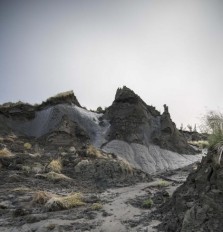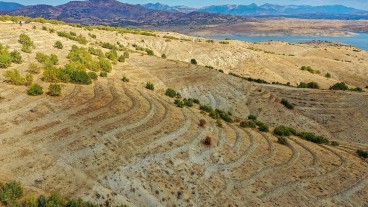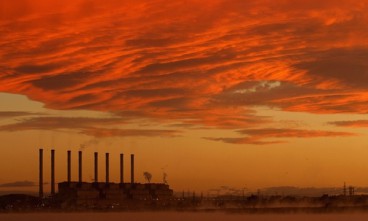Carbon sequestration in soils cannot fix climate change to the extend it was thought to

Soil as carbon storehouse needs to be part of, not the whole solution
Soil as carbon storehouse needs to be part of, not the whole solution
Carbon sequestration in soils was a proposed method to reduce atmospheric carbon dioxide. However, according to a recent study, soil alone cannot be counted on to save us from climate change. Scientists from the University of California, Irvine (UCI) have found that soil’s potential to soak up CO? over the coming century has been overestimated by as much as 40%.
They gathered 1-meter (3.28 ft) deep soil samples from 157 places around the world, and analyzed them with sophisticated carbon dating methods in order to improve the way that soil carbon is represented in some of the best Earth System Models (ESMs). They found that models used by the UN’s Intergovernmental Panel on Climate Change (IPCC) may have been overestimating how much carbon would likely be stored in soils under climate change, meaning that it may take hundreds or even thousands of years for soils to soak up large amounts of the extra CO? pumped into the atmosphere by human activity. Their findings suggested that the size of the soil carbon “sink” that could effectively mitigate climate change is lower than previously estimated (by anywhere from 5.9% to 87%). Scientists conclude that models need to represent soil carbon more accurately when simulating climate change scenarios and that our focus should be on improving emissions reduction strategies.
“It will take a very long time for soil to soak up the carbon, there is a timescale mismatch in terms of climate change,” said Yujie He, a UCI postdoctoral scholar and lead author of the study. “The soil will eventually be a large carbon sink, but it won’t be present in the next century. I don’t think we can increase that absorption ability, so we may want to make more proactive action to mitigate climate change, such as cuts to fossil fuel emissions, for example”, she said.
Source:The Guardian
Source: The Guardian
Want to read more like this story?

Thawing Permafrost: Feeds Arctic Microbes, Climate Change
Apr, 23, 2015 | NewsScientists at Florida State University are researching the fate of carbon released from during the t...

Hydrologic Cycle in the Balance for Midwest US
May, 20, 2015 | NewsA new study from Dartmouth College suggests that the fate of the climate during the summer growing s...
International Conference on Advances and Innovations in Soft Soil Engineering 2026
Sep, 04, 2025 | EventAs global land development expands into coastal regions, offshore reclamation areas, and wetlands,...

How climate change has affected real estate business
Nov, 11, 2019 | NewsClimate change is a phenomenon that leads to sea water-level rise affecting the coastal areas. But h...

Turkey has successfully fought against soil erosion
Dec, 14, 2021 | NewsMarking World Soil Day on Sunday 5th of December Minister of Environment, Urban Planning and Climat...

Australia Is Forced To Reduce By 30% The Emissions Of Carbon Dioxide
Jul, 20, 2015 | NewsAustralia is required to reduce by 30% the emissions of carbon dioxide by 2025. The decision was mad...

Calculation example - Determine the water content within a soil sample
Jun, 26, 2017 | EducationDetermine water content within a soil sample as a percentage, by drying the soil in the oven at 105...

Soil conditions challenge HSR in Singapore
May, 15, 2015 | NewsBuilding the underground Singapore - Kuala Lumpur high speed rail (HSR) terminus is likely to be cha...

The First Industrial-Scale Plant For Capturing Carbon Dioxide
Oct, 27, 2015 | NewsClimeworks AG develops the first plant for Carbon Capture carbon dioxide directly. Climeworks AG...
Trending

Vertical gardens in Mexico City to combat pollution

Saudi Park Closed After 360 Big Pendulum Ride Crashes to Ground, 23 injured

Characteristics of Load Bearing Masonry Construction

Taipei 101’s impressive tuned mass damper

Dutch greenhouses have revolutionized modern farming

Federal court rules Biden’s offshore drilling ban unlawful


